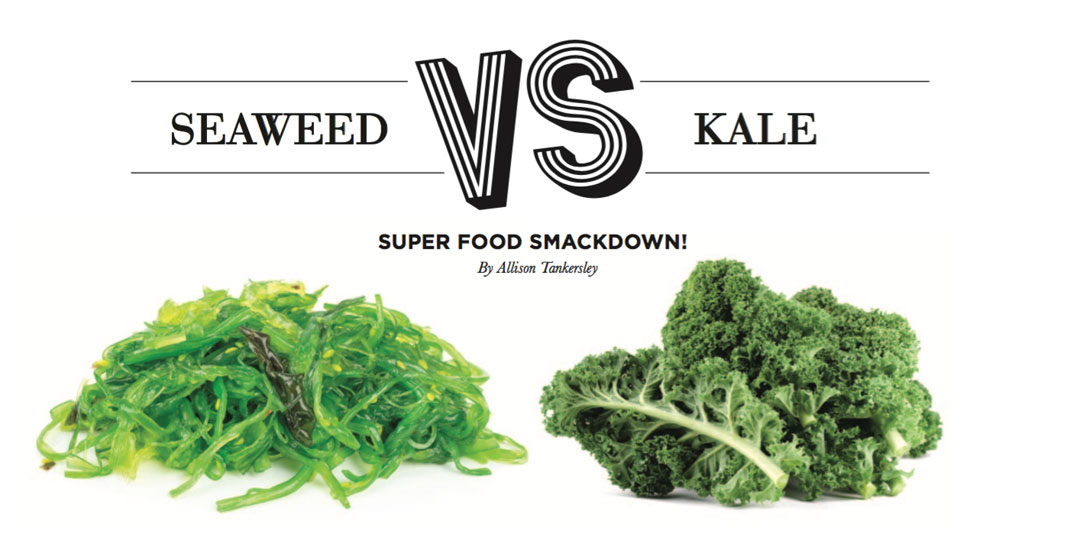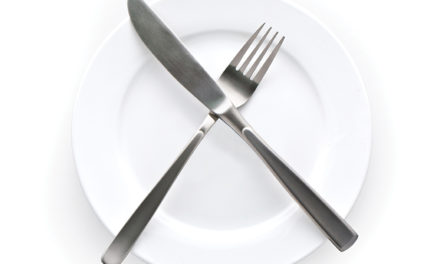
It is no secret that kale has been queen of the superfood craze for the past few years. However, kale may be coming to the end of its term in royalty with the rise of the seaweed fad. While following the popularity contest between vegetables and foodies is quite exciting and obviously a very productive way to spend our time, it may be better to actually examine the nutrition and health facts associated with each superfood instead of just going with the popular vote.
The USDA’s list of nutrition facts for seafood which is based on a serving size of 100 grams has 43 calories, 0.6 grams of fat, no cholesterol, 233 milligrams of sodium, 89 milligrams of potassium, 10 grams of carbohydrate, and 1.7 grams of protein. In terms of vitamins, seaweed has 2% vitamin A, 16% calcium and iron, 5% vitamin C, 30% magnesium, and 0% vitamin D, B-12, and B-6.
Kale’s nutrition facts, which are based on a serving size of one cup (about 67 grams), have 33 calories, 0.6 grams of fat, no cholesterol, 25 milligrams of sodium, 329 milligrams of potassium, 6 grams of carbohydrates, and 2.9 grams of protein. Kale’s vitamin percentages are 133% vitamin A, 10% calcium, 134% vitamin C, 5% iron, 10% vitamin B-6, 7% magnesium, and 0% vitamin D and B-12.
So unless you are an avid health nut (and more power to you if you are) you may not know exactly what all of those numbers mean. Basically, the obvious appeal to both of these superfoods is their low calorie count. Beyond that both are very high in all of the nutrients that our bodies need in order to function properly. Seaweed is very high in iodine, something not seen in many other foods and important for maintaining a healthy thyroid. Kale has very high levels of vitamins that are important for our health, especially vitamins A, C, and K. Having a bowl of either of these two superfoods is an easy way to get all your daily nutrients without an excessive amount of calories. However, the nutrition facts for seaweed were based on a serving size double of that of kale’s with relatively similar numbers. Therefore in theory seaweed, at least from a nutritional standpoint, is twice the superfood that kale is.
While the nutrition facts of both vegetables are obviously important when deciding which is the better superfood, it can’t go unnoted that seaweed does have a special leg up in the competition. A strand of seaweed called dulse has all of the health benefits of seaweed that are listed above but actually tastes like bacon. While kale may be something we have become accustomed to as a part of our diet due to the multi-year kale craze, it definitely doesn’t taste like bacon, and everyone loves bacon. This dulse seaweed, when bought pre-cold smoked (or cold smoked yourself) and then cooked on the stove, makes a healthy replacement for sandwiches or other foods you would normally eat with bacon without having to taste like you’re eating a vegetable. This is also a great way to sneak vitamins into children’s daily diets without scaring them with green vegetables.
I think it’s time we all tone down the kale and turn to support the newest rising superfood craze, seaweed. If not for its obvious health benefits, then for the sheer impressiveness that there is a strand that tastes like bacon.





